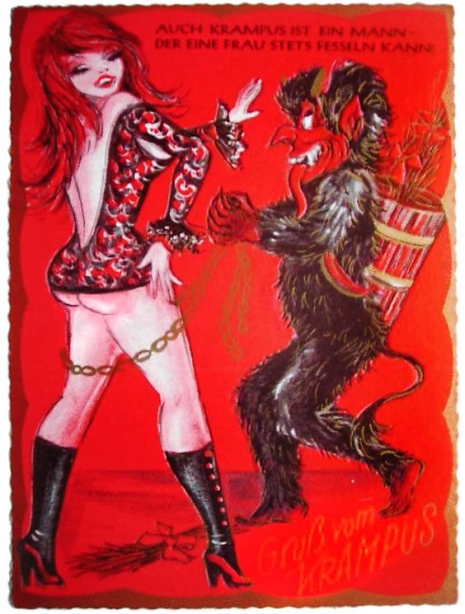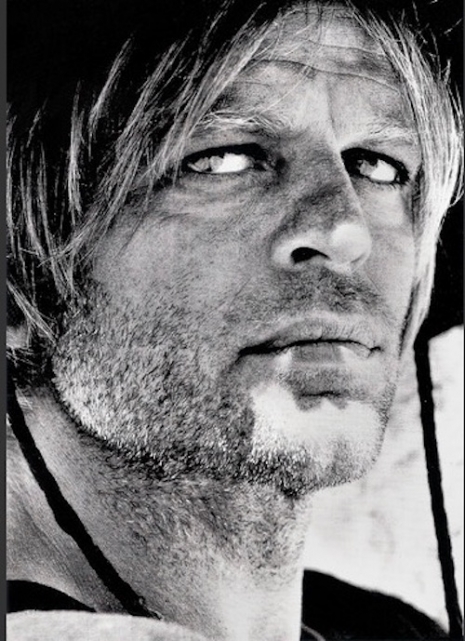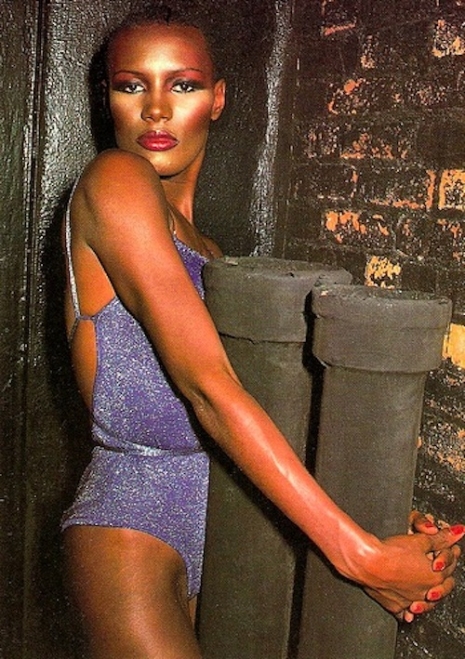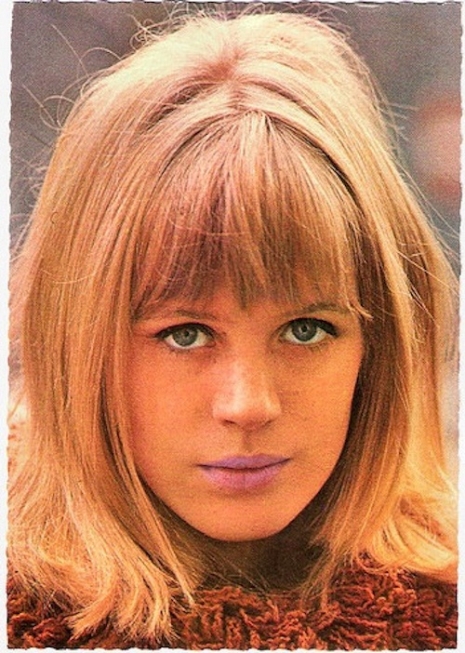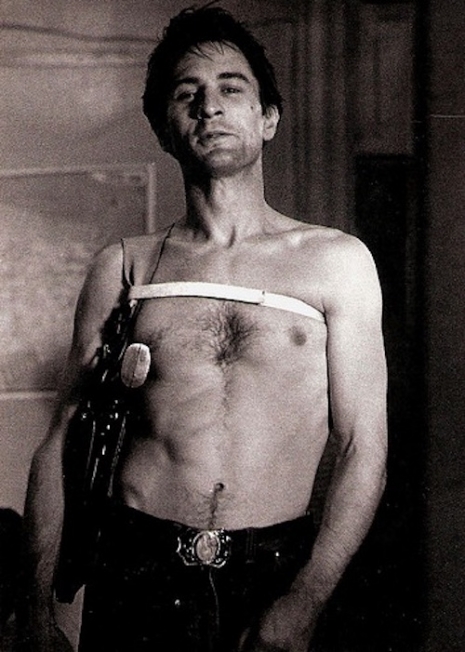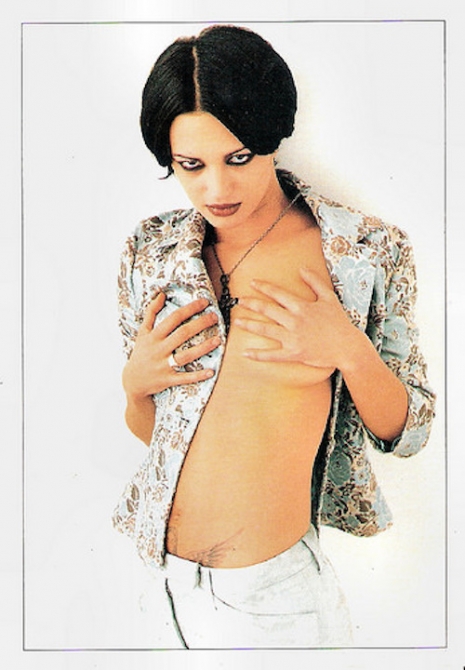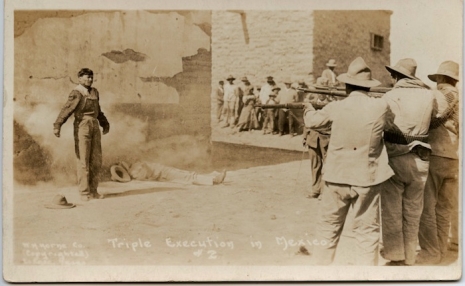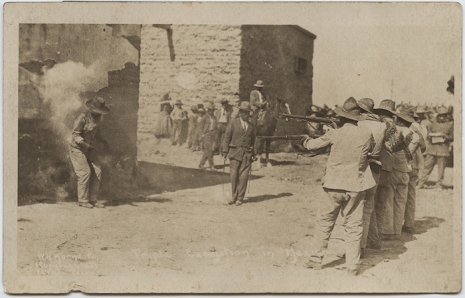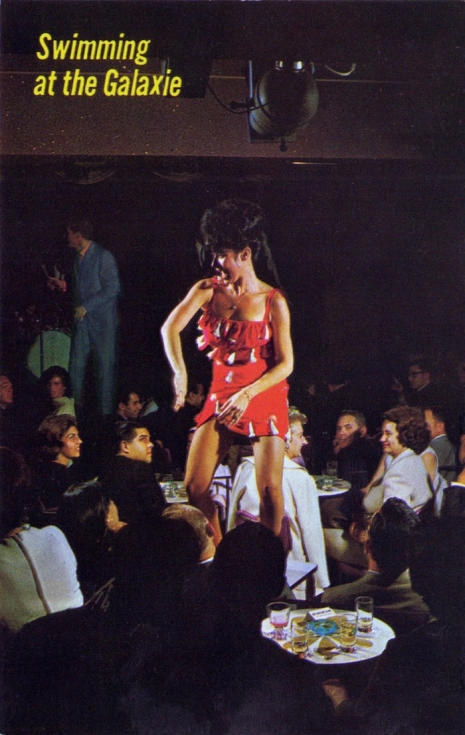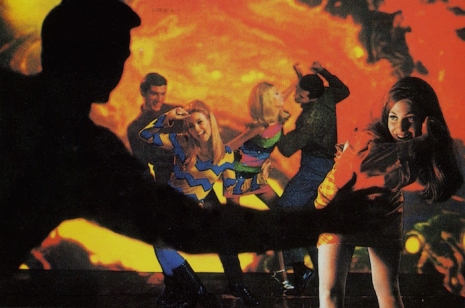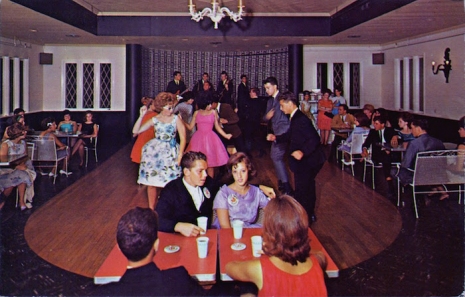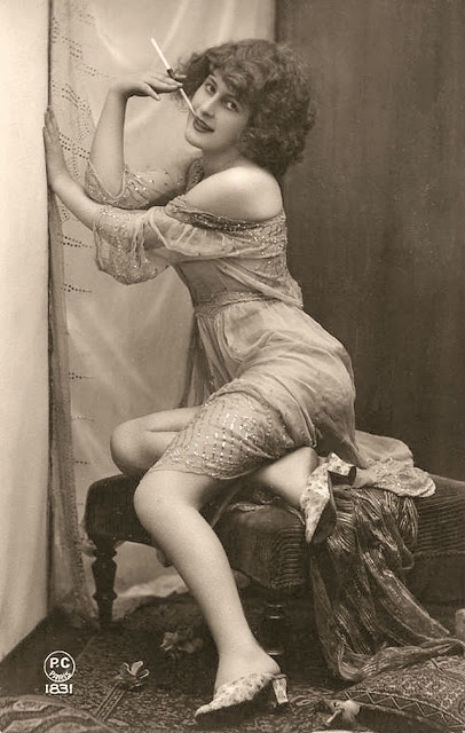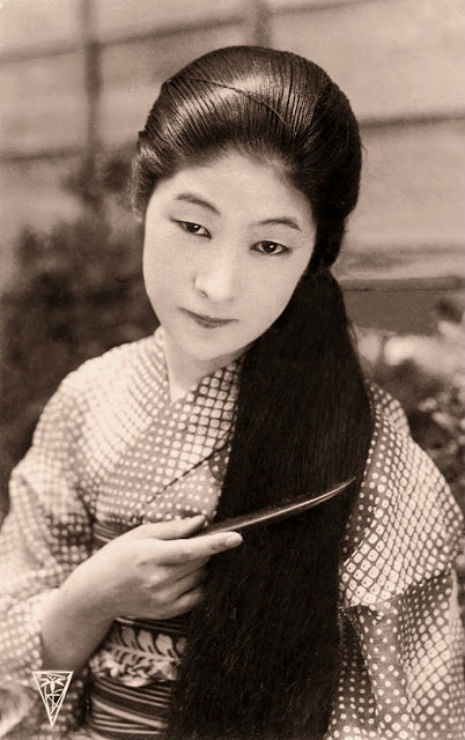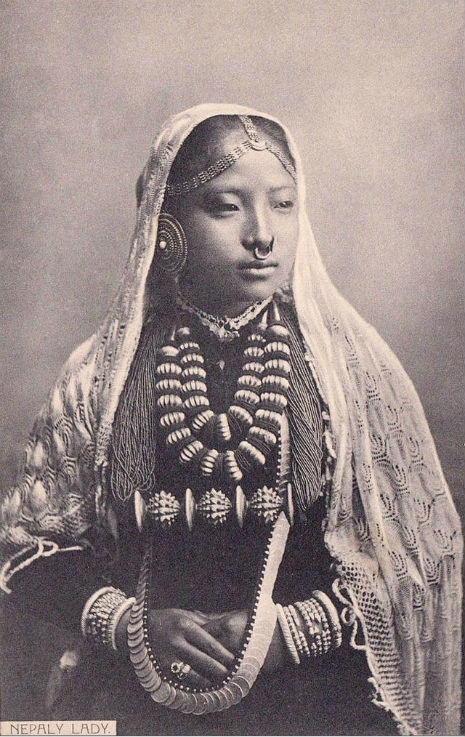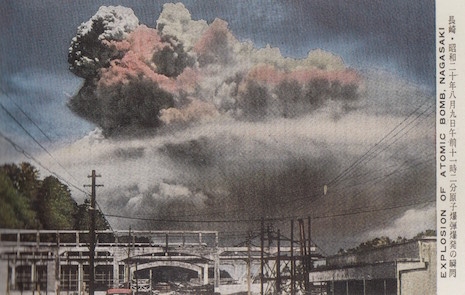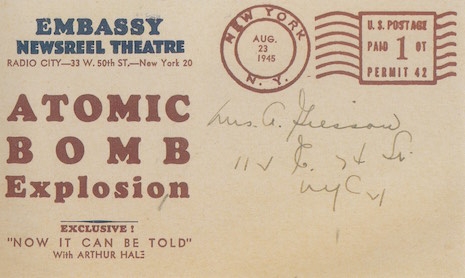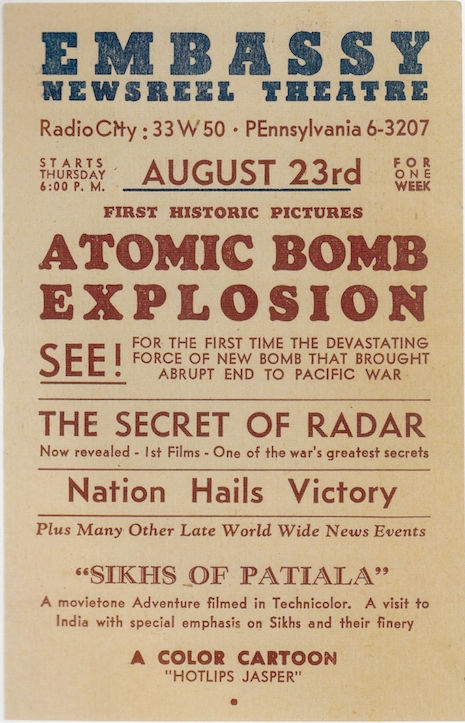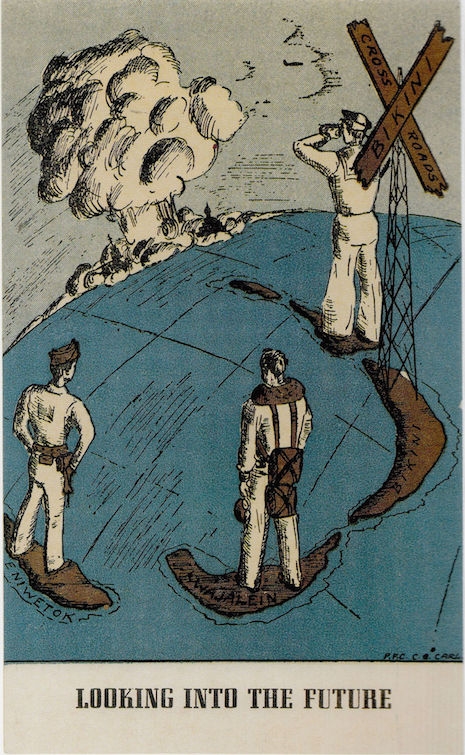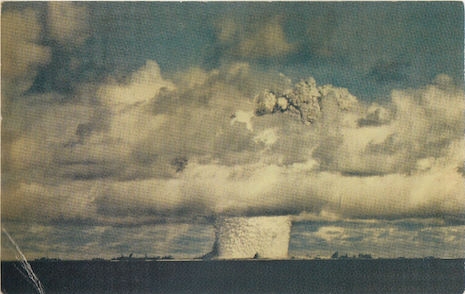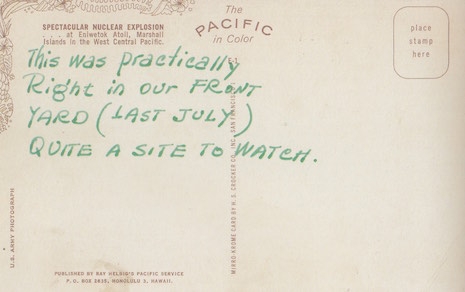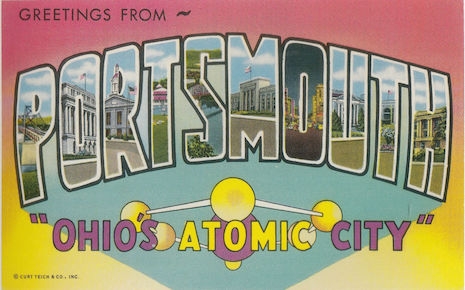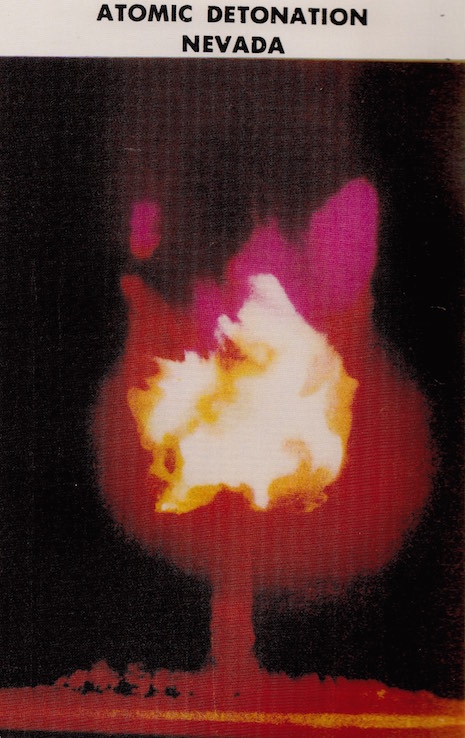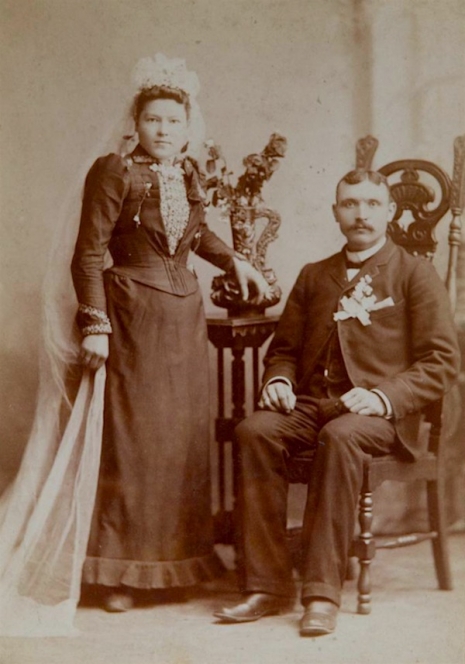
Before our indulgent misuse of technology made us a tad brutish and unsophisticated in our relationships with each other, men and women once had a form of ritual quaintly called “courtship” where a chivalrous young man was expected to woo a demure young woman with subtly, attention, kindness, and flowers. Such actions were supposed to signal his honorable intentions, trustworthiness, and his reliability to furnish his intended with all that she might require. (Oh, how many poor women fell into a life of drudgery because of that? I wonder.) Of course, these young men would also have their needs but they could only hint at these through the saving grace of innuendo and saucy humor, which made it possible to say one thing and mean something entirely different!
Exhibit A: A set of American postcards dating from 1905 which depicts a young man and the woman of his dreams. These cards were supposed to show our earnest young man’s burning desire to pop the question and ask his fair lady to marry him. But wait, there’s more… These seemingly innocent-looking cards were also a means by which a randy young git could ask his lady friend for his nazzums, his nookie, his how’s your father, his horizontal refreshment, his whoopie, his you know what, you know, get his end away. Of course, women were far too high-minded, civilized, and ever so polite to even know about such things… But...if ever they did, then they’d know only too damn well what his nibs was on about. Indeed, one of these cards does look like it was specifically meant for use by the ladies to send to their beaus in which our eager young heroine suggests that if her reluctant young man would only ask her to marry him, well, then he’ll get it alright.
Though their intention for sex maybe similar, these little cards certainly make a refreshing change from dick pics and unwanted sexting, but plus ca change...
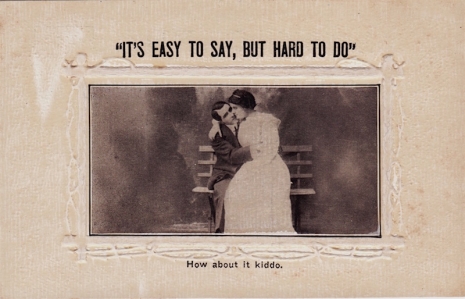
The unsubtle: ‘How about it Kiddo?’
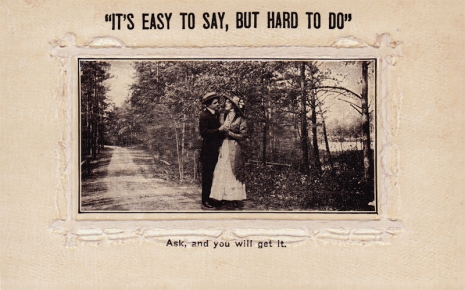
The subtle: Ask me to marry you and you’ll get what you desire.
More after the jump…







